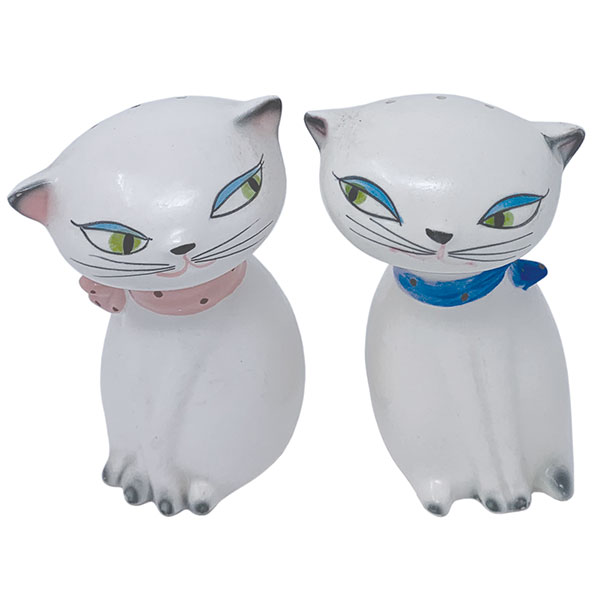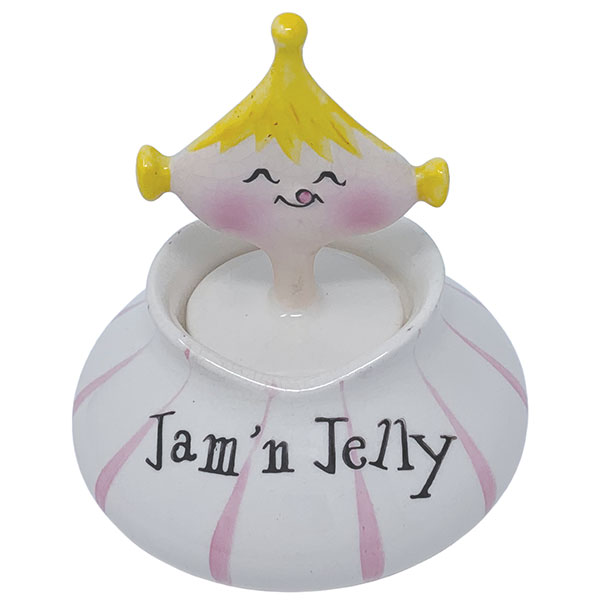The Post-Fire Clean Up — continued from May issue
5) Sunday morning. I tried to clean the kitchen. Every countertop and window sill was covered with a greasy, smoky film. I could write my name on the black granite, so I moved everything I could, scrubbed with soap and water, and decided to keep the fan on because of the smoke smell. I planned to hire someone for fire cleanup. They could wash the smoky surfaces in the kitchen and hall. I took on washing the clothes I was wearing, towels and other things near the smoke. I threw out anything perishable exposed to smoke in or out of the cupboards. That included paper napkins and towels, sugar, bread, boxed crackers, ripening bananas, candy (even if in wrappers), and cookies. Kim was notified of problems by my alarm, so she called and made me promise not to climb a ladder to get to the collectibles displayed on nearly ceiling height shelves in the kitchen, or any books on high shelves. (In emergencies you sometimes overestimate your abilities!) Thank goodness the smoke didn’t get to the home office and the thousands of books in its library. I emailed my insurance company, asking for cleaning company advice.
6) Monday morning. A meeting with a service that cleans up after a fire. Were the smoke alarms in the right places? What else should I have done? How fast can I get everything back to normal and what will it cost? Three people from the fire clean-up company came by 10 a.m. and started emptying the high cabinets and scrubbing inside and out with a special, strong, grease-cutting detergent. We were told to take everything out of the area, so we emptied the pantry food into boxes in the garage, dishes that needed washing into the back hall, and smoky paper or cloth into the trash. The kitchen’s Holt-Howard collection hadn’t been cleaned for several years, so everything was extra greasy and required several scrubbings and dishwasher runs. The clean collection went to the dining room table to be stored until the ceiling was painted to seal off the smoke smell. We smelled smoke from a filter in the fan that had been missed in the clean-up, so a new one was bought and installed. My paid helpers came for part of this day, but everything had to wait for the painters to be finished before any of my collection could be put back on the soffit shelf. Kim and her husband flew in to help.
7) The next week. Bad weather caused local floods that were more serious than my smoky kitchen. So, the clean-up painters came a week later. They draped the walls, took down light fixtures and painted the hall and kitchen ceiling white, all in one day. I still had to replace food like spices, soup, pasta, cookies, flour, sugar and plastic food containers, as well as paper towels, bags and staples I probably won’t miss for a while. I got help to put my collection back on the top shelf, but “pruned” and put some pieces away for a while. There was no permanent damage, but it cost more than $2,000 for cleaners, painters and supplies plus the hours my family spent emptying the room, and then the garage. I also bought a special vacuum that took smoke out of the air and a tool that blew air to dust the shelves. But I was very lucky. The house is OK, and I realize what a REAL disaster can mean.
A few weeks after the clean-up was finished, I wanted some barbecue sauce to perk up a fast-food sandwich, but the jar had been thrown out. Even now, months later, I discover some food is gone or I forget the new storage places for dishes. But nothing was broken, all of us are fine, and the kitchen needed a cleaning anyway. The ceiling looks great, I finally gave my favorite charity my extra dishes, pots and pans, and long-forgotten collectibles for their resale shop. And, as a bonus, my garage is clean and organized!






Leave a Reply
You must be logged in to post a comment.